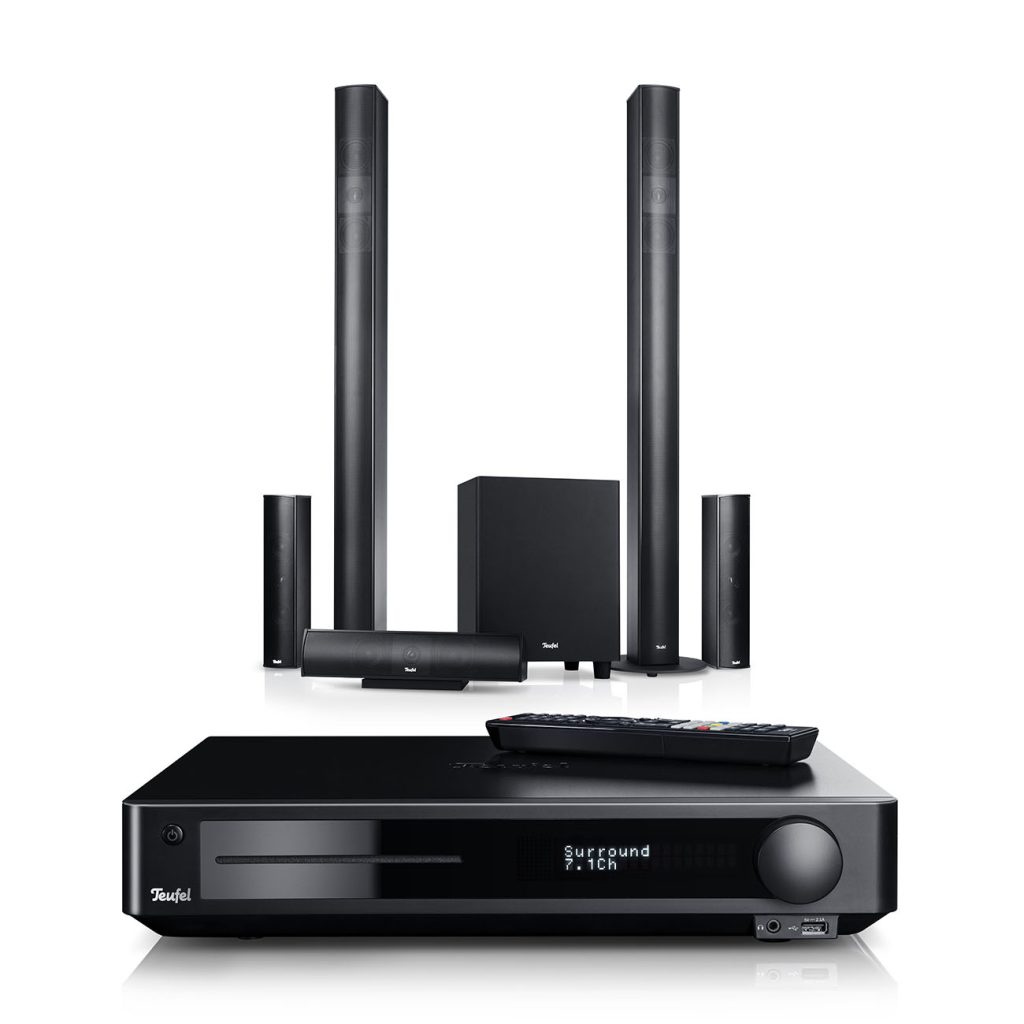Formally known as Digital Theater Systems, DTS has emerged as the winner against Dolby when it comes to audio formatting for Blu-Ray discs. DTS-HD Master Audio is clearly the audio codec of choice to accompany HD and 3D movies, both data-heavy forms which are generally stored on Blu-ray disc. But how did DTS get the jump on that other great audio technology innovator from California? After all, Dolby had a clear dominance of the DVD market so it would stand to reason that they would inherit the Blu-ray market as well. Read on to find out!
Lossless audio codecs for home cinema
Both Dolby True HD and DTS HD are lossless audio codecs developed to take advantage of the additional space afforded by Blu-ray discs for storing information, thereby bringing viewers (those with proper speaker systems, that is) a step closer to a real cinema experience.
Naturally, both Dolby True HD and DTS-HD Master Audio deliver excellent sound quality. Like its nemesis, Dolby True HD, DTS-HD Master Audio achieves a sampling rate of 192 kHz. The more channels a system has, however, the lower the sampling rate will be. For a 7.1 system, the sampling rate is 96 kHz. Of course, the sound codec also works with more standard 5.1 surround and 2 channel stereo systems. The audio is transmitted at a bit depth of 24 with a maximum speed of 24.5 Mbit/s on a Blu-ray disc.
Why sampling rates and bit depth are so important
Sampling rate: When converting a continuous anlog signal into a digital sound file, samples of the original analog signal are taken at very short intervals. These small “bits” are the discrete language digital’s binary code speaks. The question is then at what frequency these samples taken from the original analog signal need to be for the original to be adequately represented by its converted digital form. The so-called Nyquist–Shannon sampling theorem provides guidelines for calculating how to best accomplish this. According to this theorem, the sample rate must be twice as high as the highest frequency of the sampled signal. The frequency range of the human ear lies approximately between 20 and 20,000 Hertz. It is therefore important for any audio codec to be able to fully reproduce this range. According to the Nyquist–Shannon sampling theorem, a sample frequency of just 30,000 Hertz would not be high enough to render a digital signal comparable to the full analog original. For this to be the case, the sampling frequency would have to be twice the highest possible frequency the human ear can distinguish, or 40,000 Hertz. Note that CDs typically have a sample rate of 44.1 kHz.

As already mentioned, DTS-HD Master Audio supports a sample frequency of 96 kHz (96,000 Hertz) with 7.1 channels and even higher rates with fewer channels. This corresponds to approximately five times the highest possible frequency the human ear can hear. From this, one might conclude that this high frequency rate is excessive and wasteful. While this is not entirely the case, the positive effects of sample rates above say 48 kHz are marginalOpens in new tab.
Bit depth: Along with sample rate, bit depth is a key parameter in the digitalization of analog signals. The more bits per sample, the closer the digital signal will approach the original analog wave form. CDs use 16 bits per sample while Blu-ray discs can have bit depths up to 24. When it comes to audio, higher bit depths are experienced as better dynamic response and greater dynamic range. This means that the differences between high and low volumes will be greater.
What made DTS-HD Master Audio the standard for Blu-ray?
If one takes a moment to compare the technical specifications for Dolby True HD and DTS-HD Master Audio, it quickly becomes apparent that there are no significant differences between the two audio codecs. If one can discern a difference between the same movie’s sound as played back from a Blu-ray disc with DITS-HD and one with Dolby Digital True HD, this probably has more to do with the studio mix, not the codec.
The two standards are also identical in the types of hardware they require to run. As a digital format, DTS-HD Master Audio requires HDMI version 1.3 or higher for its transmission. The processing of the standard can be done by either a Blu-ray player or A/V receiver. DTS-HD Master Audio, like Dolby True HD, is also backward compatible. If your Blu-ray player or receiver does not support the standard, the soundtrack will still be played back.
The question remains: Why has DTS-HD Master Audio become the preferred audio codec for lossless audio on Blu-ray discs? The answer for this is that the large film studios decided it to be thus. The reasons are rather unclear. Ether viewers chose DTS as their preferred audio codec in user tests or the work flow involved in working with the DTS standard was easier.
Titel picture: ©DTS-HD Master Audio Certain Rights Reserved. Source: Wikimedia




Leave a Reply